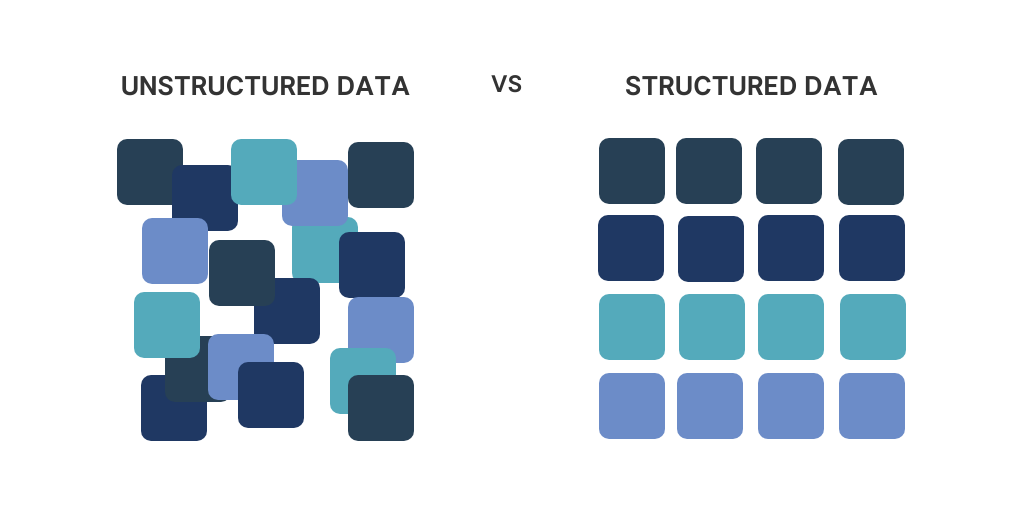In WordPress, making an XML sitemap is like a secret sauce for getting your website in the good books of search engines. Imagine this sitemap as a master list of all the web addresses on your site. When you hand over this list to search engine like Google and Bing, they get a clear map of what your website holds.
We will discuss about XML sitemaps and how to create them in wordpress in this XML WordPress seo guide:
Understanding the Significance of XML Sitemaps:
In the intricate web of website optimization and search engine algorithms, XML sitemaps emerge as a vital instrument that wields considerable influence over your site’s discoverability and search engine performance. Let’s take a closer look at the importance that XML sitemaps carry and how they are connected to the overall strategy for improving your website’s search engine optimization (SEO).
Enhancing Website Visibility:
Picture your website as an immense library, full of countless aisles and shelves, each holding precious information. Now, imagine search engines as dedicated librarians working hard to organize and categorize every single bit of content in this vast library. This is where the XML sitemap steps in. Imagine it like a carefully crafted map that directs search engine crawlers to thoroughly explore every corner and crevice of your website.
By offering a well-organized blueprint of your site’s structure, the XML sitemap makes certain that no valuable content gets overlooked. Since search engine algorithms favor thorough coverage, the XML sitemap becomes your guiding tool to improve your website’s visibility.
Indexing Non-Linked Pages:
Just as some books in a library might be tucked away on lesser-frequented shelves, some pages on your website might not receive ample internal linking.
Archives, older blog posts or product pages with considerable value could contain extensive archives or have no direct routes available for search engine crawlers to indexing them.
The XML sitemap acts as a bridge, guiding these crawlers to these unlinked yet valuable corners of your site. By including non-linked pages in your sitemap, you provide search engines with an invitation to explore and index them – further increasing indexation on your website.
Faster Indexing:
Whether you’re launching a new website or publishing fresh content, waiting for search engines to naturally discover and index your pages can be time-consuming. XML sitemaps offer an efficient shortcut. By submitting your sitemap directly to search engines, you proactively notify them of your website’s existence and the latest updates.
This proactive approach accelerates the indexing process, ensuring that your content becomes searchable sooner, ultimately leading to quicker results and gratification.
Prioritizing Content:
Every piece of content on your website contributes to its overall value, but not all content is created equal. Some pages might be central to your business, while others serve supplementary roles.
XML sitemaps allow you to exert a level of control over which pages are considered more important. Through the use of priority levels assigned in the sitemap, you communicate to search engines the relative significance of various pages. This strategic signaling can influence search engine algorithms, potentially resulting in more favorable rankings for the pages you prioritize.
Navigating Complex Websites:
Websites with intricate structures, such as e-commerce platforms or large news portals, can be labyrinthine for search engine crawlers. Without a guiding light, these crawlers might miss essential sections of your website. XML sitemaps serve as a beacon, guiding crawlers through the convoluted maze of your website’s architecture.
Monitoring and Debugging:
XML sitemaps also offer insights into the health of your website. If certain pages are consistently excluded from the sitemap, it could indicate potential issues such as no index tags or indexing directives. Regularly reviewing your XML sitemap can help you identify and rectify such issues promptly, ensuring that your entire website remains accessible to search engines.
Creating an XML Sitemap in WordPress: Step-by-Step Guide
You might think making an XML sitemap in WordPress is a bit of a daunting task, but don’t worry!
With the proper tools and guidance, it becomes a simple task that really boosts how well your website shows up on search engines. Let’s get started !
Step 1: Choose a WordPress SEO Plugin
Begin by selecting a reliable and feature-rich WordPress SEO plugin. Popular choices include Yoast SEO and All in One SEO Pack.
- Go to the WordPress dashboard and find the “Plugins” section.
- Click on “Add New” and search for your chosen SEO plugin in the search bar.
- Once you’ve found the plugin, click on “Install Now” and then activate it.
Step 2: Install and Activate the Plugin
Once you’ve installed the plugin, activate the plugin, locating in installed plugin section.
Step 3: Access XML Sitemap Settings
Once the initial setup is complete, look for the XML sitemap settings within the SEO plugin’s menu. This is where you’ll manage and generate your XML sitemap.
Step 4: Generate the XML Sitemap
In the XML sitemap settings, you should find an option to generate the XML sitemap. Click on this option to initiate the sitemap creation process.
The plugin will do the work for you by scanning through all the content on your website. It’ll put together a detailed XML sitemap that covers everything you’ve put out there – pages, posts, categories, and all the important additional information.
Step 5: Submit Sitemap to Search Engines
One of the advantages of using reputable SEO plugins is the ability to automatically submit your XML sitemap to search engines.
In the XML sitemap settings, you’ll likely find an option to connect your website to search engine services such as Google Search Console and Bing Webmaster Tools.
Follow the provided instructions to verify your website and submit the generated XML sitemap to these search engine services.
Step 6: Regularly Update Your Sitemap
As you create new content, publish pages, or make updates to your website, your XML sitemap should accurately reflect these changes.
The beauty of using a quality SEO plugin is that it will automatically update your XML sitemap whenever new content is added or existing content is modified.
Conclusion:
Crafting an XML sitemap is really important because it helps your website rank faster in search engine. It’s like giving a clear map to search engine to navigate through all your content smoothly.
By following our step-by-step instructions in this article, creating an XML sitemap with WordPress should be straightforward enough, helping ensure it reaches a wider audience than before.
Armed with an XML sitemap, your WordPress website will navigate the digital terrain with ease and efficiency – leading to improved search engine rankings and an uptick in organic traffic.But wait! If you still find it difficult, then taking help of SEO professional services can be the best option for you.






